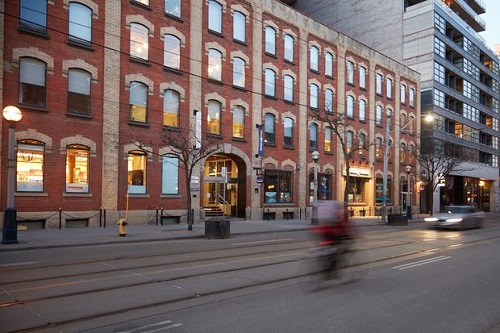 Friday, April 26, 2024
Friday, April 26, 2024  Friday, April 26, 2024
Friday, April 26, 2024 
When Allied Properties Real Estate Investment Trust last year established a dedicated budget for energy and water conservation measures in some of its century-plus brick and beam office buildings, the results produced almost-immediate gains.
Instead of one-off upgrades, as before, Allied assessed its entire portfolio to identify those buildings with above-average utility costs, a reasonable rate of return for the proposed improvements, eligibility for government incentives and the potential to improve indoor comfort for tenants. With a budget of $2.3-million, including $350,000 in government incentives, Allied generated $1-million in energy savings in 24 buildings in just under two years.
Successful energy retrofits of commercial buildings, especially for Class B and C, are seen by conservation advocates as the next frontier if Canada, as pledged by the federal government, is to reduce its greenhouse gas emissions by 30 per cent below 2005 levels by 2030. Canada’s buildings represent 11 per cent of GHG emissions and are more energy intensive than those in other developed countries with similar climates, according to the federal government’s 2019 expert panel on sustainable finance, which targeted insufficient “deep retrofit” efforts in mid-size and smaller buildings.
“When it comes to existing buildings, the [real estate] industry has done a very good job in managing and retrofitting the larger office buildings in Canada,” says Thomas Mueller, president and chief executive of the Canada Green Building Council. “When it comes to Class B and C offices, the industry has done very little to improve energy efficiency or improved carbon performance.”
Those who have taken measures, he notes, incorporate practices such as staff training and tenant collaboration into their corporate culture.
Keep reading in The Globe and Mail
Check out the video gallery here